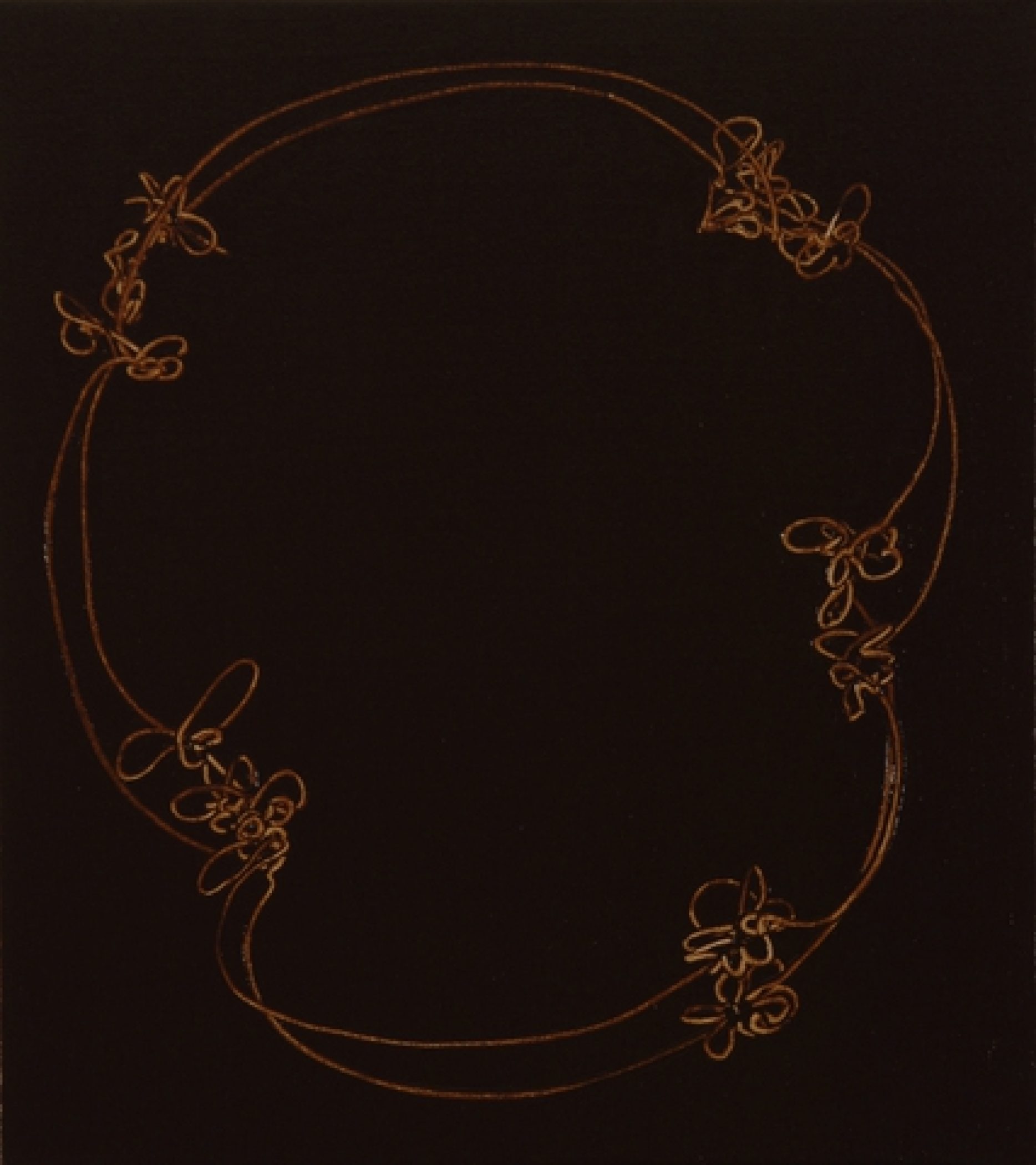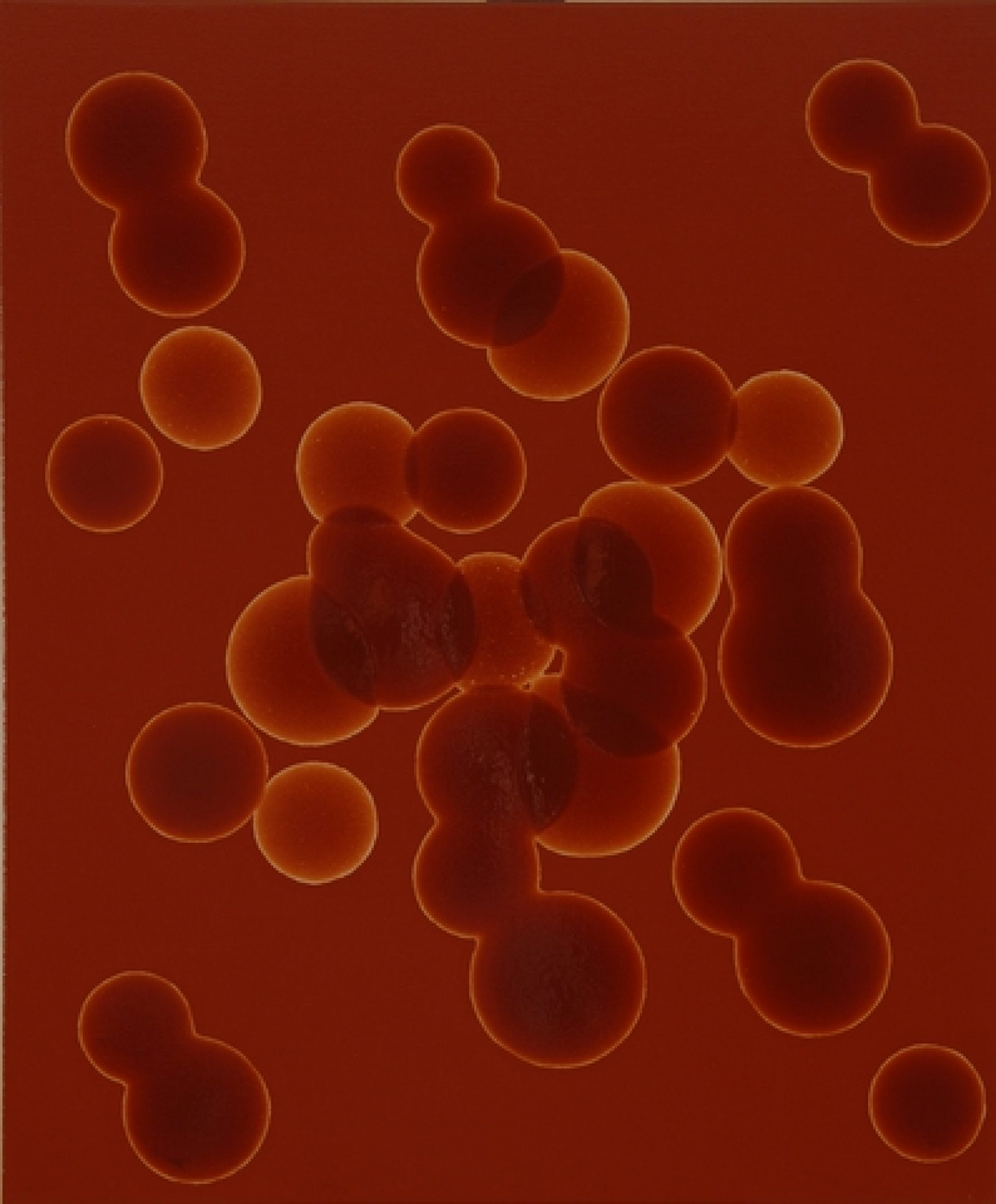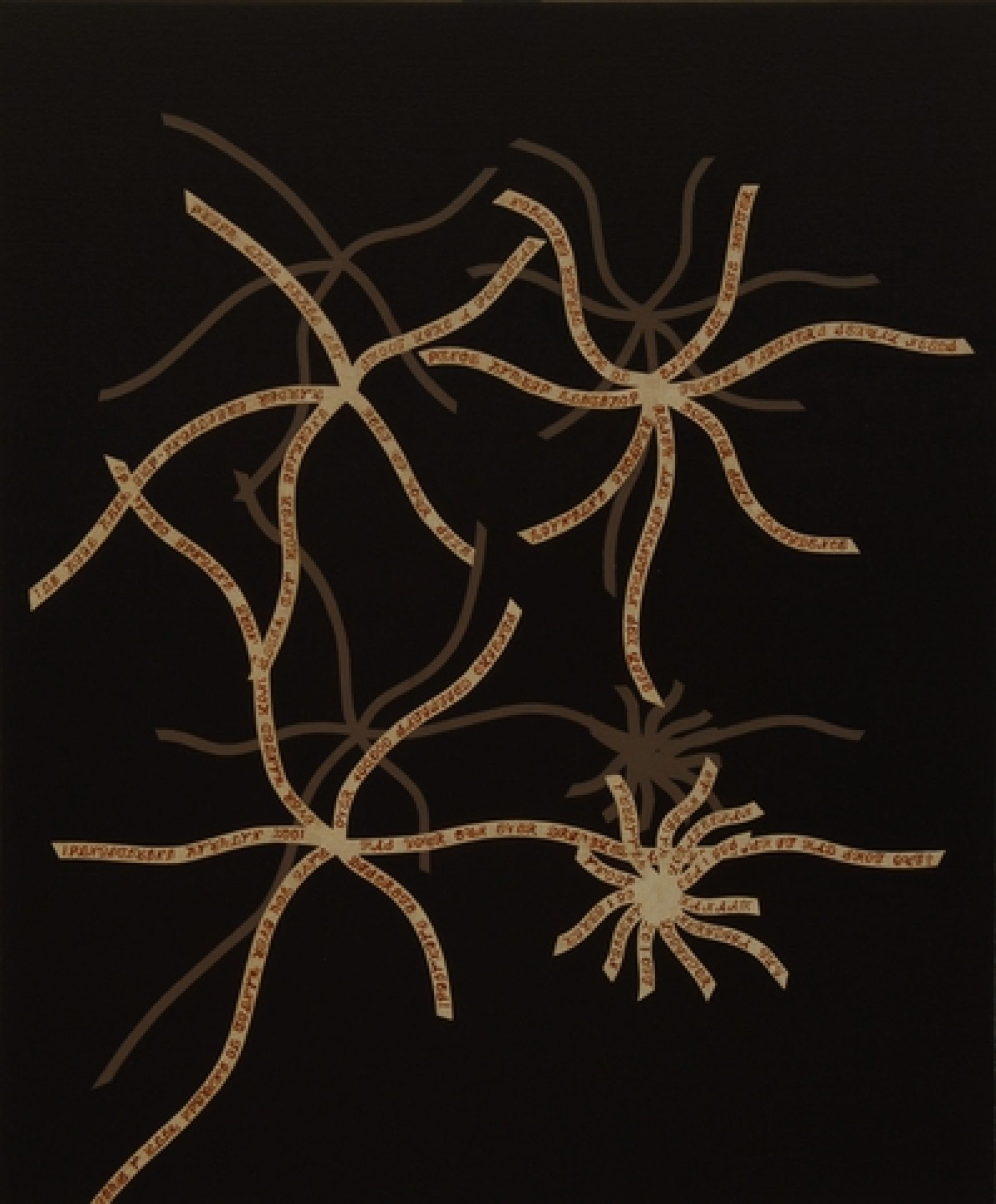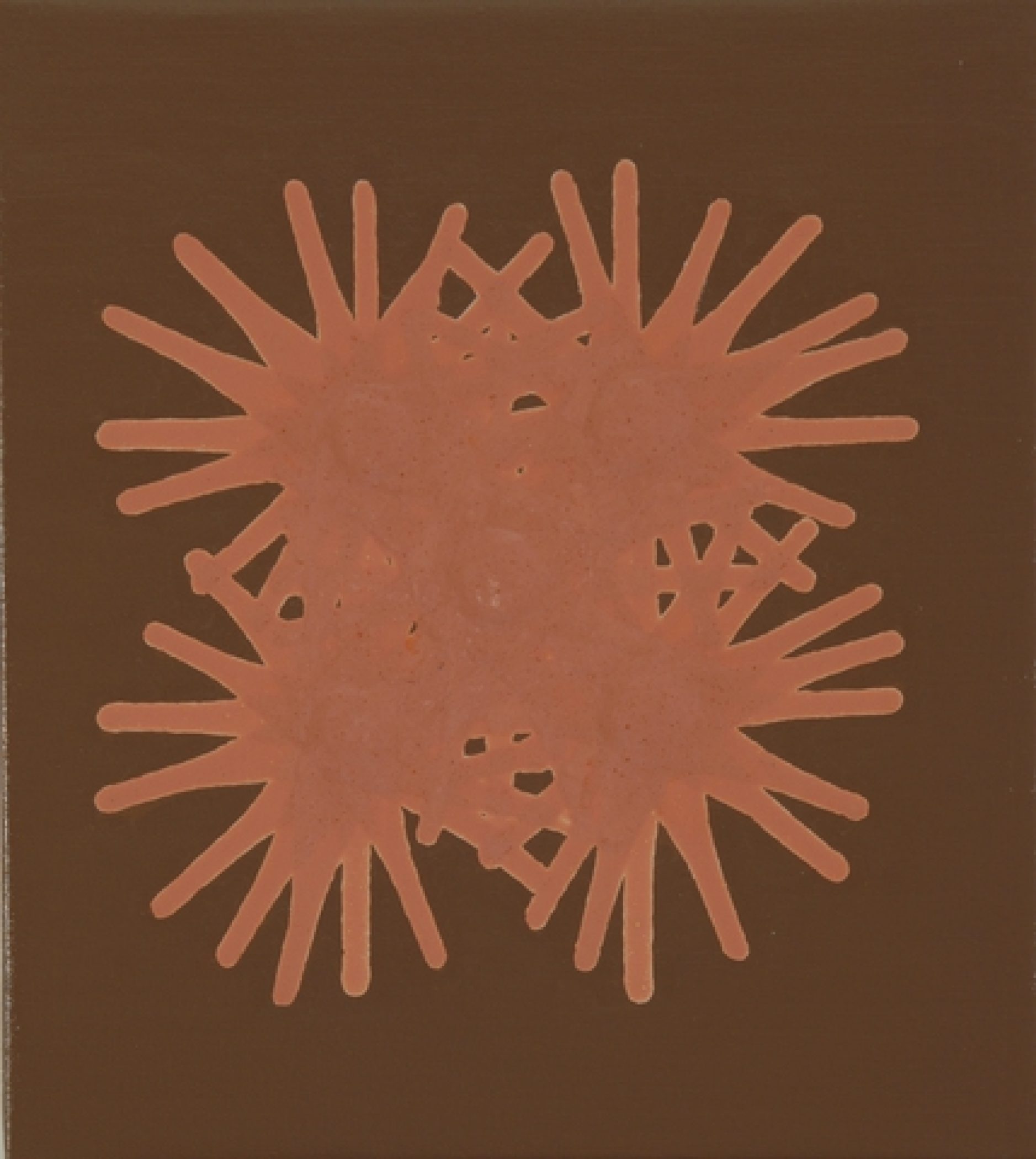Stieg Persson
History Painting
1st – 25th November 2006
Anna Schwartz Gallery
Stieg Persson’s new work considers the moral dimension of painting. The works tackle some of the ethical conundrums of our time by communicating certain attitudes to contemporary events. These works eschew postmodernist irony, or appropriated imagery and seek, instead, to express outrage, sorrow and a sense of perversity.
Persson’s paintings possess an abstract poise, tender passages, strong compositions and dynamic forms. Formally, they are captivating works and, as such, reveal their debt to the stringent flatness and compositional logic of Colourfield painting. Except, they are mostly black � blue black, brown black, grey black, cool and warm. When they are not black, the paintings contain sienna, umber, red ochre, mushroom grey and cream — subdued colours that shift with changes in light. The artist’s use of black communicates themes of memorial, loss and the inexplicable side of our sub-conscious. Black can also suggest a kind of emptying out, the lack of light, the darkness of night or of the mind.
Since the early 1980s, Stieg Persson has been interested in what he calls the ‘almost communication’ of painting. Text in Persson’s paintings is largely indecipherable, either because it is in a gothic script, or the words themselves make no sense, communicating, most recently, in the mode of those misspelt spam emails that try to get past various filters, for example, vjjagra (sic). Persson’s earlier use of the abstract arabesque also references writing, without actually depicting language. These flourishes of white curlicues are like an elaborate script that has been frozen in a state of unfurled tranquility. The artist’s use of text comes to be a metaphor for the act of painting itself. On one hand, painting communicates through its own building blocks colour, form, texture, composition, image. On the other hand, painting’s internal logic, which ironically is made up of these very same elements, creates a suite of visual relationships that can be contradictory, open to multiple interpretations, or can fold in on themselves, sealed in silence. This is the ‘almost communication’ of painting, that so encourages this artist to keep painting. After twenty years, we can easily recognise both the language and temperament of Persson’s works — they dissolve the modernist paradigm while at the same time extending its formal strengths.
- Excerpts from Victoria Lynn, History Painting, in Stieg Persson (ed), History Painting, Anna Schwartz Gallery, Melbourne, 2006
Images
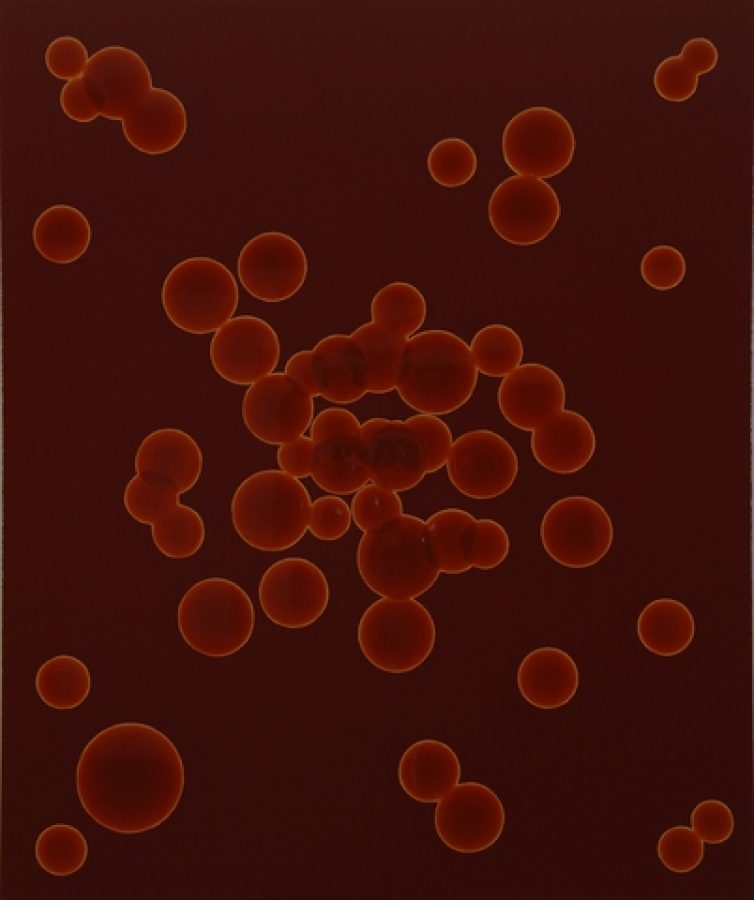
Stieg Persson
A Worrisome Pathology, 2006
Oil and alkyd resin on linen
153 x 128 cm
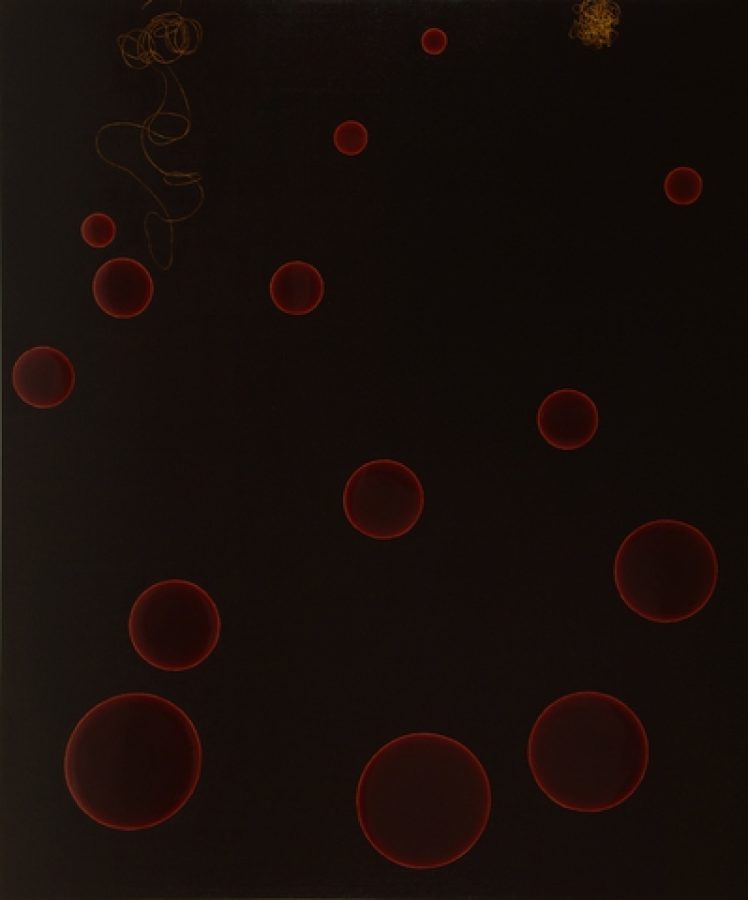
Stieg Persson
Aspirational Abstraction, 2006
Oil and alkyd resin on linen
218 x 183 cm

Stieg Persson
Corona, 2006
Oil and alkyd resin on linen
51 x 46 cm

Stieg Persson
Hail to the Chief, 2006
Oil on linen
213 x 152 cm
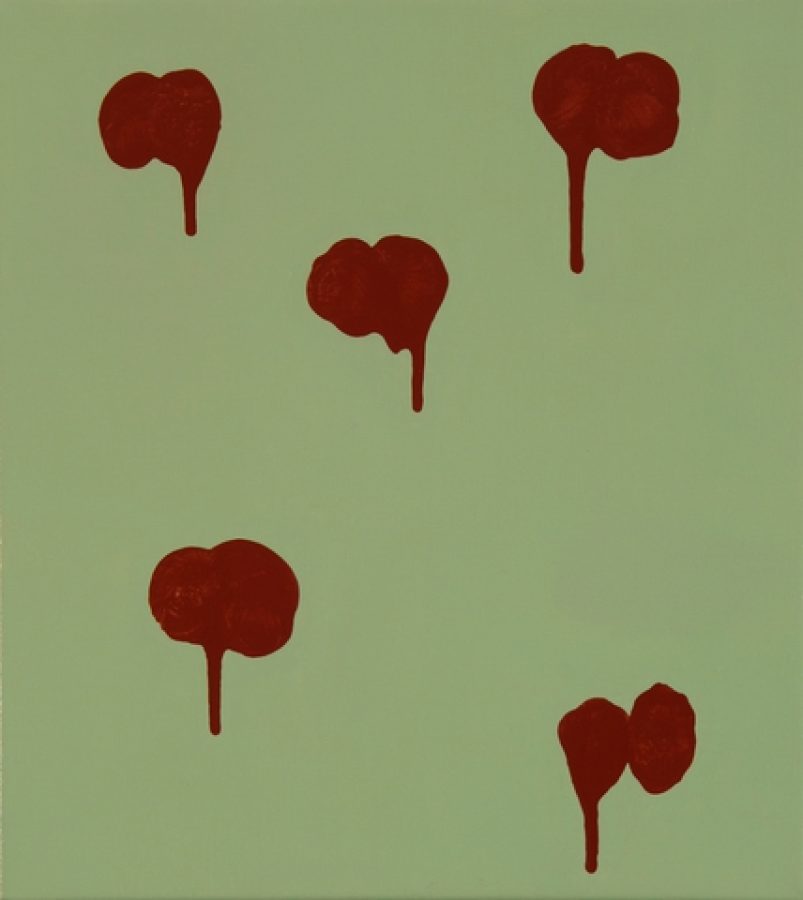
Stieg Persson
Le Petit Cerf, 2006
Oil on linen
51 x 46 cm
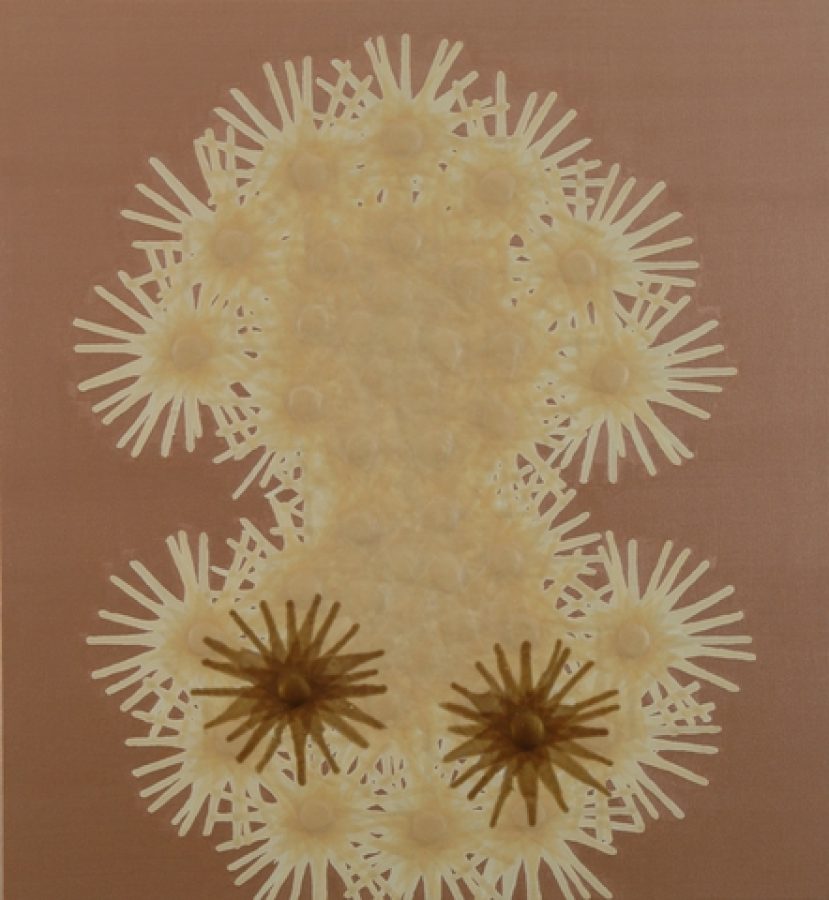
Stieg Persson
Little Saul, 2006
Oil, alkyd resin and metallic paint on linen
122 x 112 cm
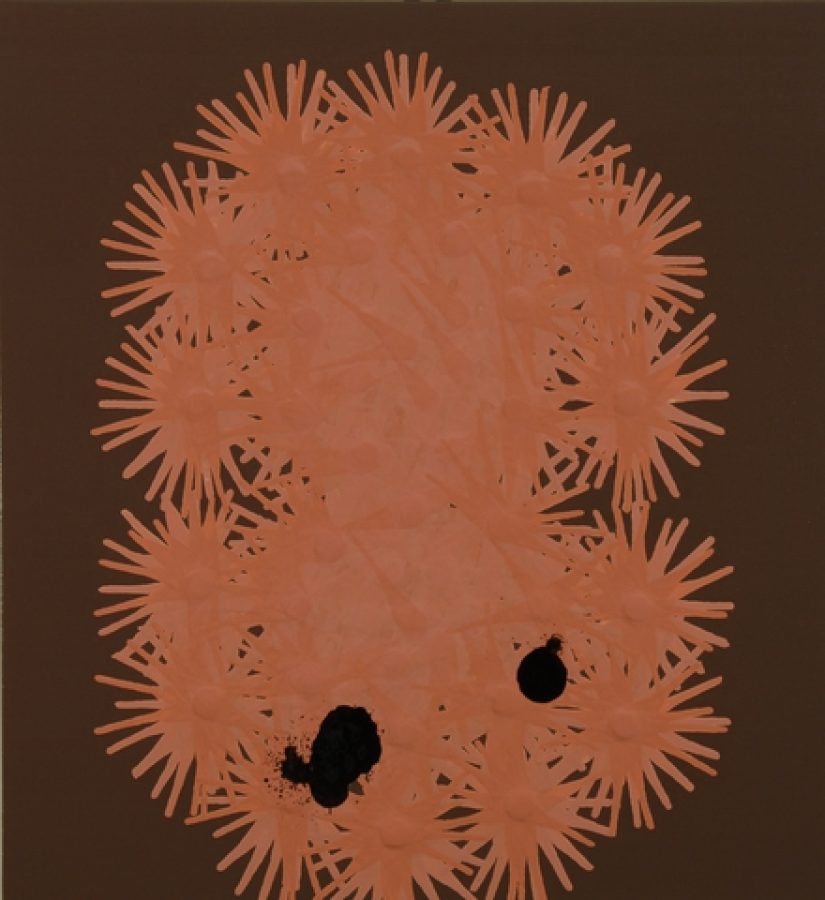
Stieg Persson
Little Vengeful Restlessness, 2006
oil, alkyd resin on linen
122 x 112 cm

Stieg Persson
Maladie, 2006
oil, alkyd resin on linen
92 x 76 cm
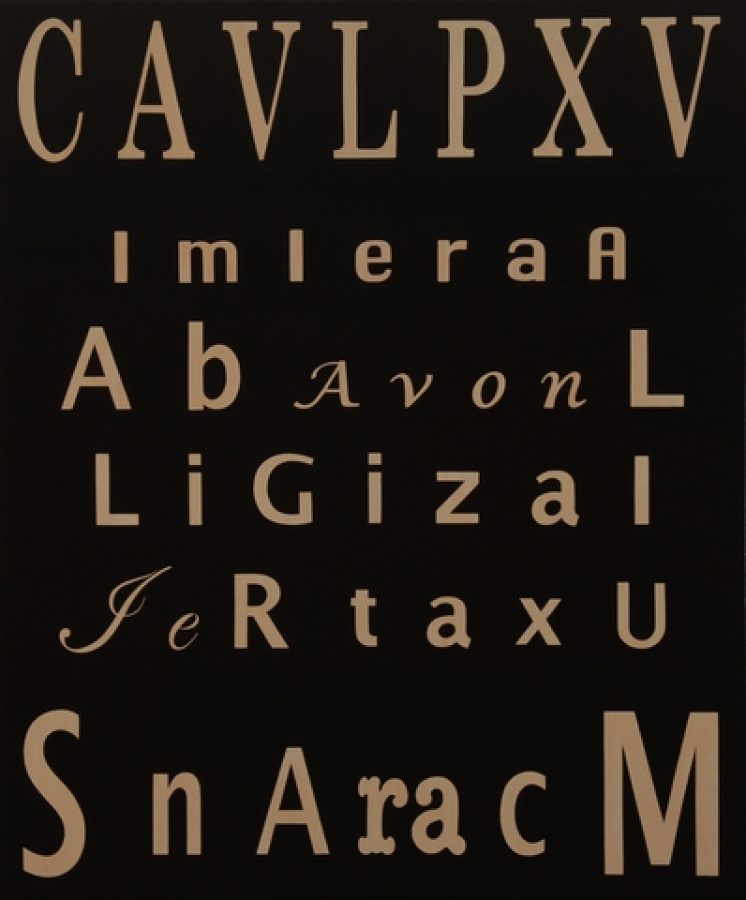
Stieg Persson
Manifest Destiny, 2006
Oil on linen
153 x 128 cm
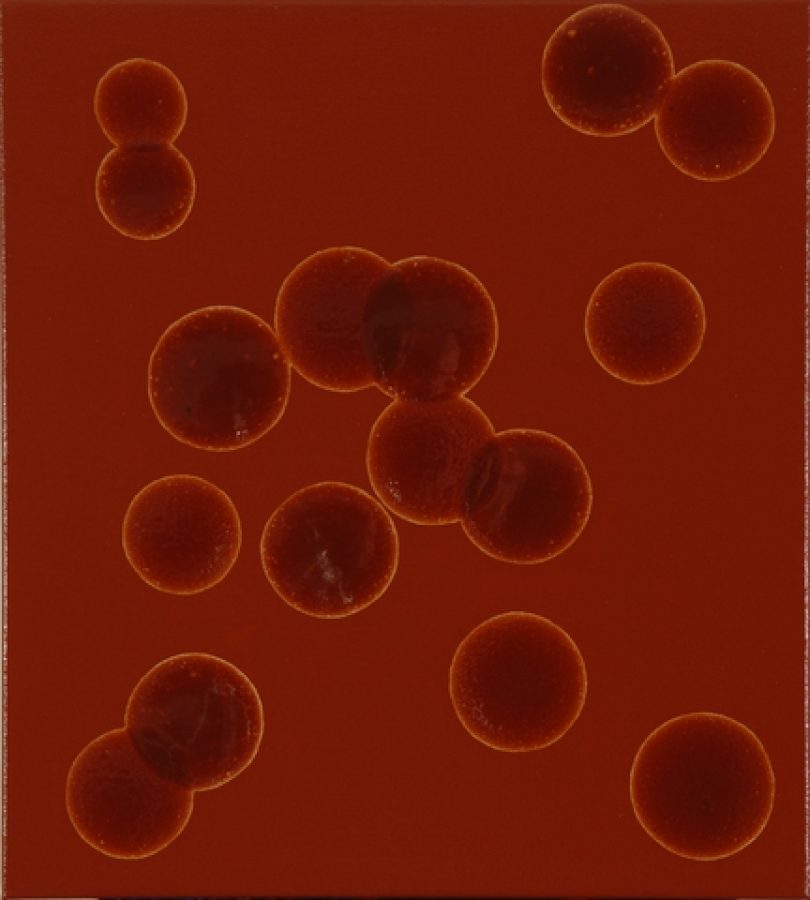
Stieg Persson
Pathologia, 2006
Oil and alkyd resin on linen
51 x 46 cm

Stieg Persson
Pathologie, 2006
Oil and alkyd resin on linen
51 x 46 cm

Stieg Persson
Pretty Flower, 2006
oil on linen
51 x 46 cm
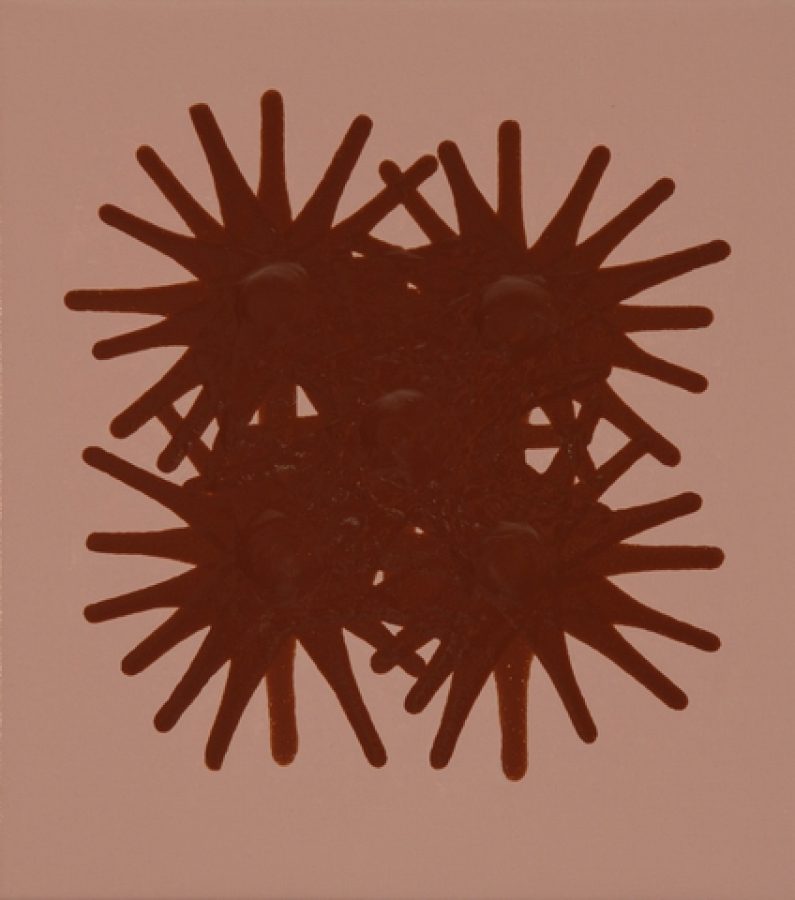
Stieg Persson
Rose et Brun, 2006
oil and alkyd resin on linen
51 x 46 cm
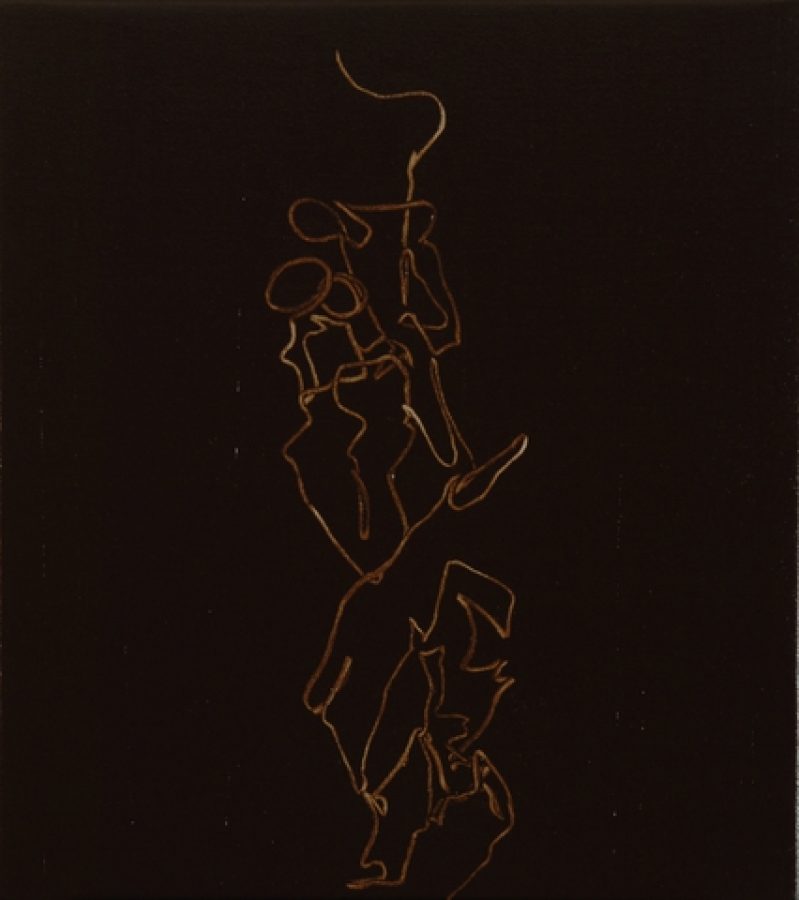
Stieg Persson
Sebastopol Street by Night, 2006
oil on linen
51 x 46 cm
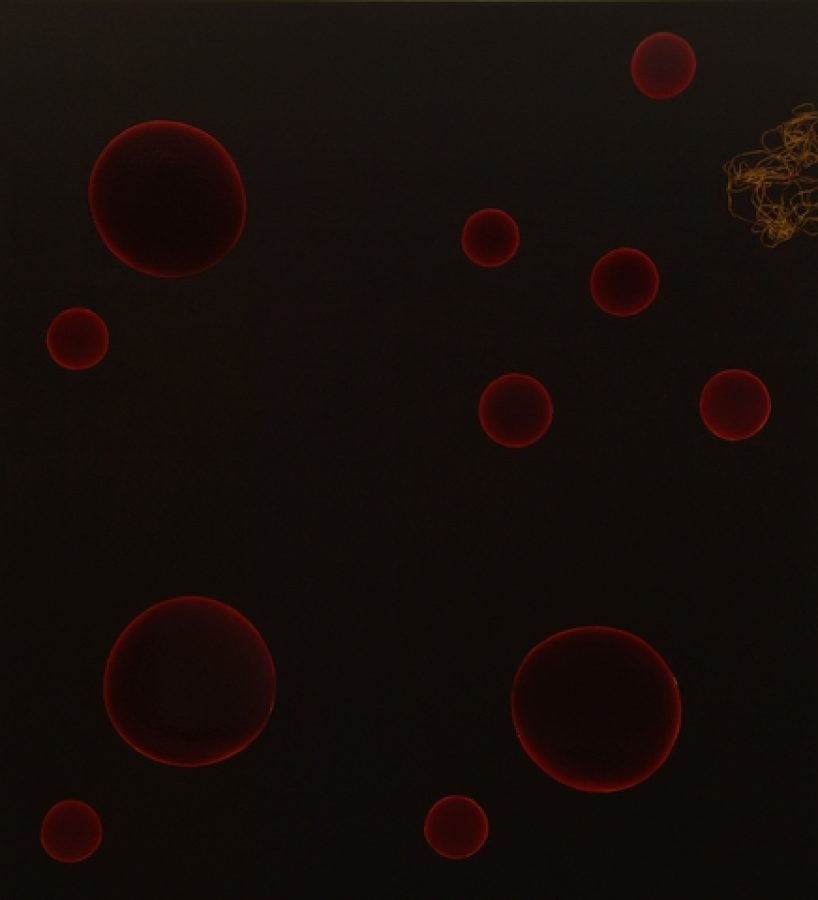
Stieg Persson
Sinister, 2006
Oil and alkyd resin on linen
183 x 168 cm

Stieg Persson
Son in Service, 2006
Oil on linen
92 x 76 cm

Stieg Persson
Spooky, 2006
oil and metallic paint on linen
72 x 61 cm
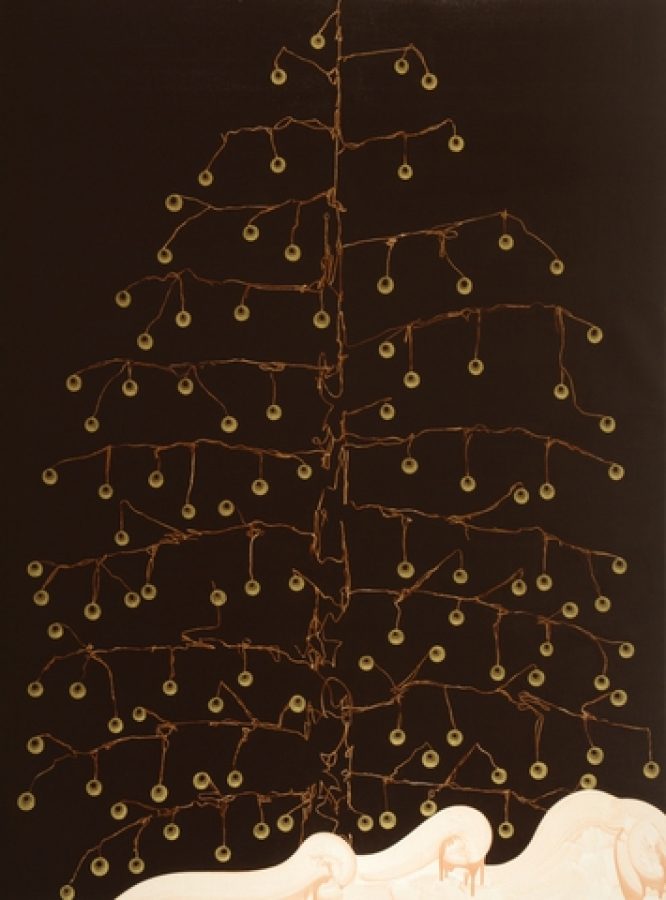
Stieg Persson
The Fourth Howard Ministry wishes you a very Biedermeier Christmas, 2006
Oil and metallic paint on linen
229 x 168 cm
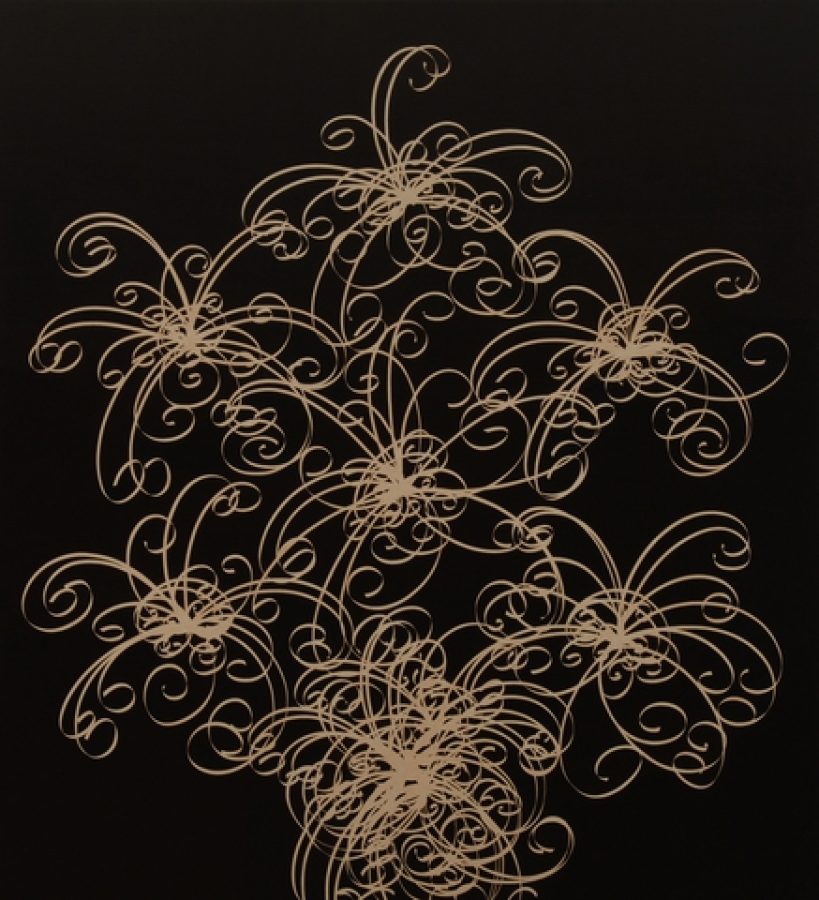
Stieg Persson
Trade Weighted, 2006
Oil on linen
183 x 168 cm

Stieg Persson
Vindicatif, 2006
oil and alkyd resin on linen
51 x 46 cm
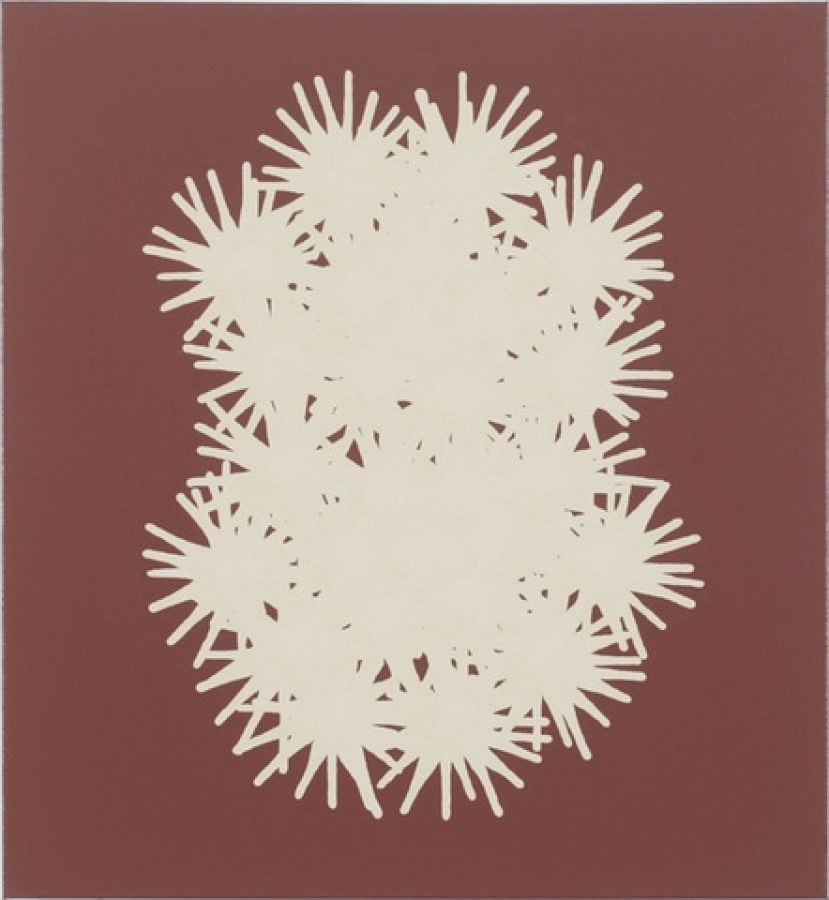
Stieg Persson
FactorVIII, 2005
oil and alkyd resin on linen
122 x 112 cm


